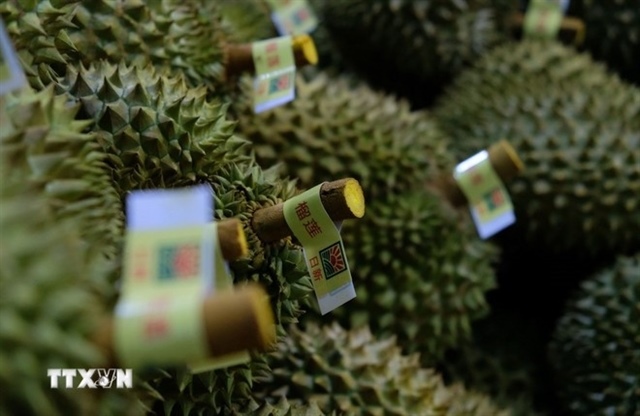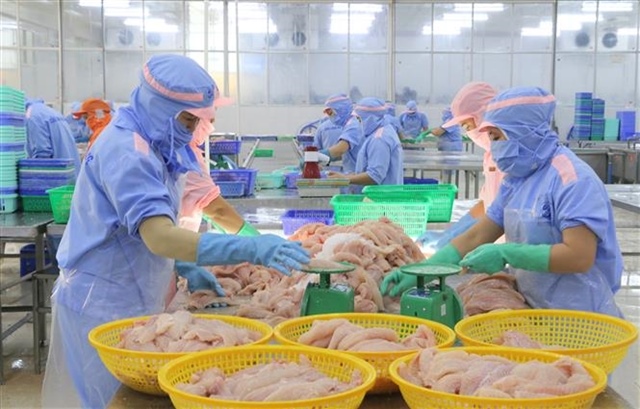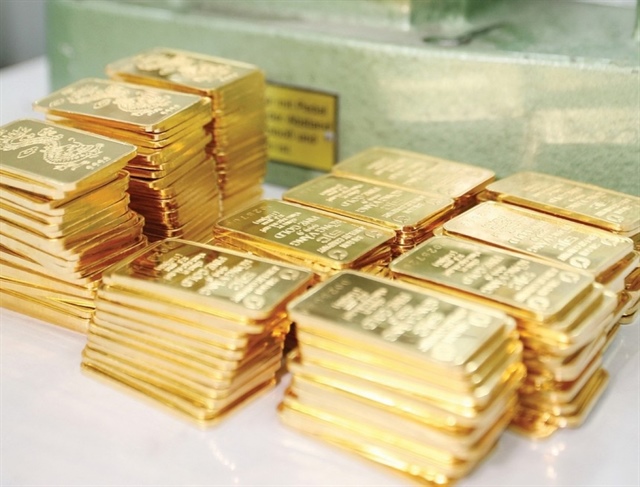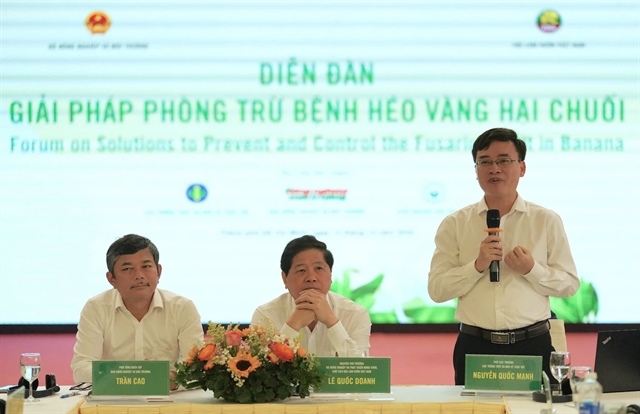Vietnamese coal in a tight spot
Vietnamese coal in a tight spot
Coal is imported more and more, due to some coal thermal power plants are putting into opearation and imported coal is cheaper.

More and more businesses use imported coal because it is cheaper than domestic coal. Several firms under Electricity of Vietnam (EVN) have proposed to import coal to save costs. This is an inevitable trend as the number of coal thermal power plants has increased to 19 and total expected coal imports of over 85 million tonnes by 2030.
Coal imports saw encouraging growth in the past years. Before 2014, coal was not one of the 50 leading import items. However, in 2014, 3.096 million tonnes of coal were imported with a total value of $364.1 million.
Coal imports raised fast and hit 14.498 million tonnes worth $1.52 billion in 2017 and over 3 million tonnes since the beginning of 2018 to March 15 were imported with a total value of $384 million.
Meanwhile, volume of coal export in 2017 only hit 50 per cent of the goal set forth. In 2017, Vietnam exported 2.229 million tonnes of coal. Despite this growth against 2015 and 2016, the figure is far below the goal of 4 million tonnes.
Moreover, the coal export market is narrowing. The Chinese market recently requested to reappraise the quality of the coal imported from Vietnam to align with the standards on trace elements.
Vietnam National Coal and Mineral Industries Holding Corporation Limited (Vinacomin) collaborated with Chinese partners to take and analyse samples to conclude that Vietnamese coal products did not meet the requirements, leaving 2.5 million tonnes of dust coal unmarketable in Vang Danh-Uong Bi.
China started to reduce Vietnamese coal imports a long time ago. According to the statistics of the General Department of Vietnam Customs, coal exports were maintained at a high level in 2010-2014, but sharply declined since 2015. An expert said that coal exporters need to be granted quota for good-quality coal. Additionally, high customs and input value-added tax result in high export prices
While several large thermal power plants put into operation use some coal, the biggest coal import market really declined purchasing coal from Vietnam. In 2010, China bought 14.644 million out of the 19.827 million tonnes of coal Vietnam exported. By 2014, coal exports to this market decreased to 4.139 million tonnes. In 2015, Vietnam Customs did not record any coal exported to China. In 2016 and 2017, the agency recorded only several thousand tonnes.
Experts said that China used to purchase great volumes of coal to produce power and cement, and it was willing to buy even low-quality coal. However, they must decline the exploitation quantity from 3.8 billion tonnes in 2011 to less than 3.5 billion tonnes in 2017.
Thereby, China does not allowed low-quality coal imports anymore. As a result, Vietnam’s coal inventory is increasing, which was 8.75 million tonnes in 2015, 9.42 million tonnes in 2016, and over 9 million in 2017.
























